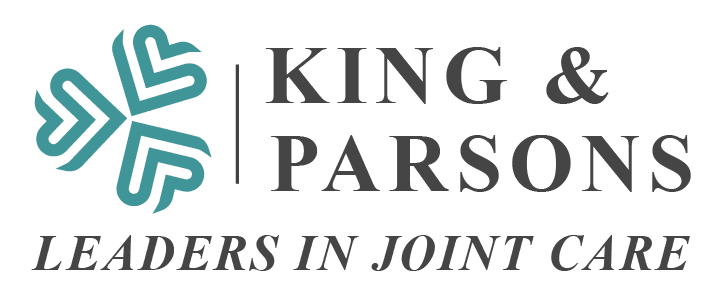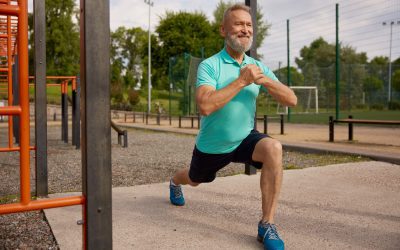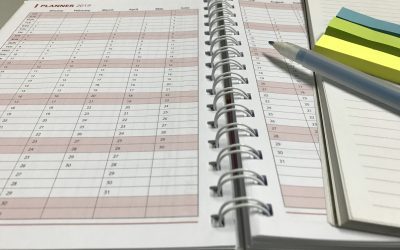Arthritis is a growing epidemic that causes pain, stiffness and physical disability for millions of people. This, in turn, has been shown to have other negative health consequences including weight gain, diabetes, heart disease and depression. While there are a number of products and services that falsely promise to cure arthritis, there is in fact no cure, and the disease follows a progressive degenerative course. When conservative treatment fails and people have significant impairment in their quality of life, joint replacement surgery can restore comfort and function and return to an active lifestyle. Roughly 20-30% of patients, however, will continue to report some level of pain after joint replacement with the most common cause being persistent stiffness. The following recommendations can help maximize outcomes after joint replacement with the basic message being that commitment, persistence and ownership of your outcome is key. While everyone wants a speedy and quick recovery, remember that the long-term result is what counts considering that these implants can last 20-30 years.
- Own your outcome: you have to have a positive outlook and realistic expectations. Set goals for what you want to accomplish and realize that improvement after surgery can continue for over a year with persistence. Mentally prepare for the long haul and you will be rewarded. If you think surgery will be a quick fix, you will be disappointed.
- Pick your surgeon not your approach or implant: a good surgeon realizes that good outcomes involve much more than the surgery itself. Outcomes is a synergy of many different facets of the care process that must be coordinated managed. A good surgeon will have a good team that can navigate this process for patients.
- Prepare your body in advance: you wouldn’t run a marathon without training. Surgery should be approached with a similar mindset. Advanced preparation can make a huge difference in speeding recovery and reducing complications. This includes eating healthier, strengthening your muscles in advance, losing weight and optimizing any chronic medical conditions.
- Get off the pain medications: narcotics have side effects and actually heighten the body’s sensitivity to pain. If you continue to take pain medications, essentially you are priming yourself to have continued pain. These medications also have numerous side effects like sedation, constipation, urinary retention, nausea and others which can hamper recovery
- Do you exercises like it’s a job: there is no substitute for rehabilitation after surgery. Putting in the time and work is essential to improve joint function. Recovery of motion and strength in a joint that has had prolonged arthritis is not a quick process. The only way to recover this is work and time.
- Keep your eyes on the prize: it is easy to get discouraged when you continue to have pain for some time after surgery. This is a normal process of healing. Do not focus on the day to day fluctuations. Rather think long-term about the destination. Embrace the journey along the way.
To learn more about the A.V.AT.A.R program, here.















